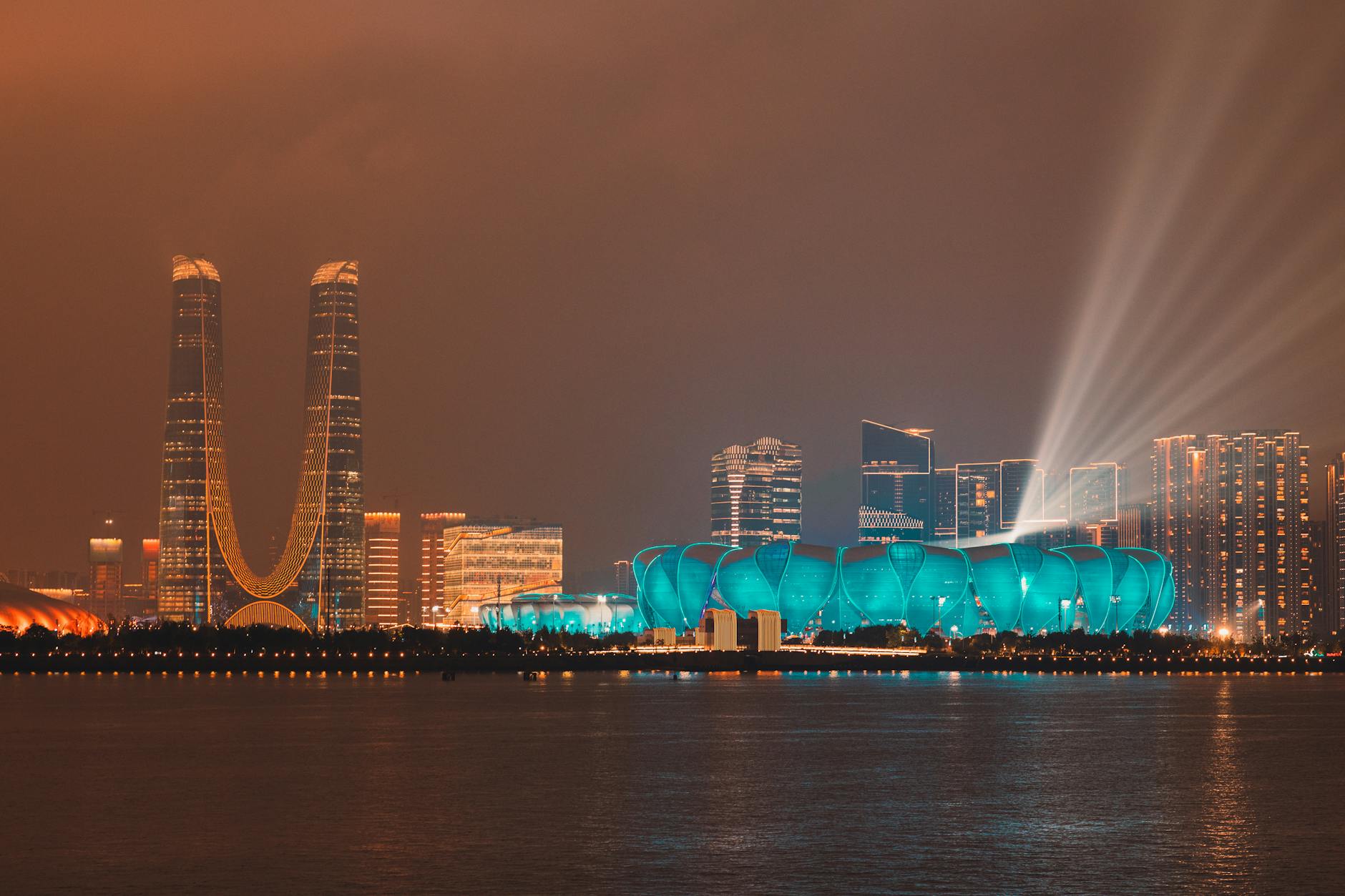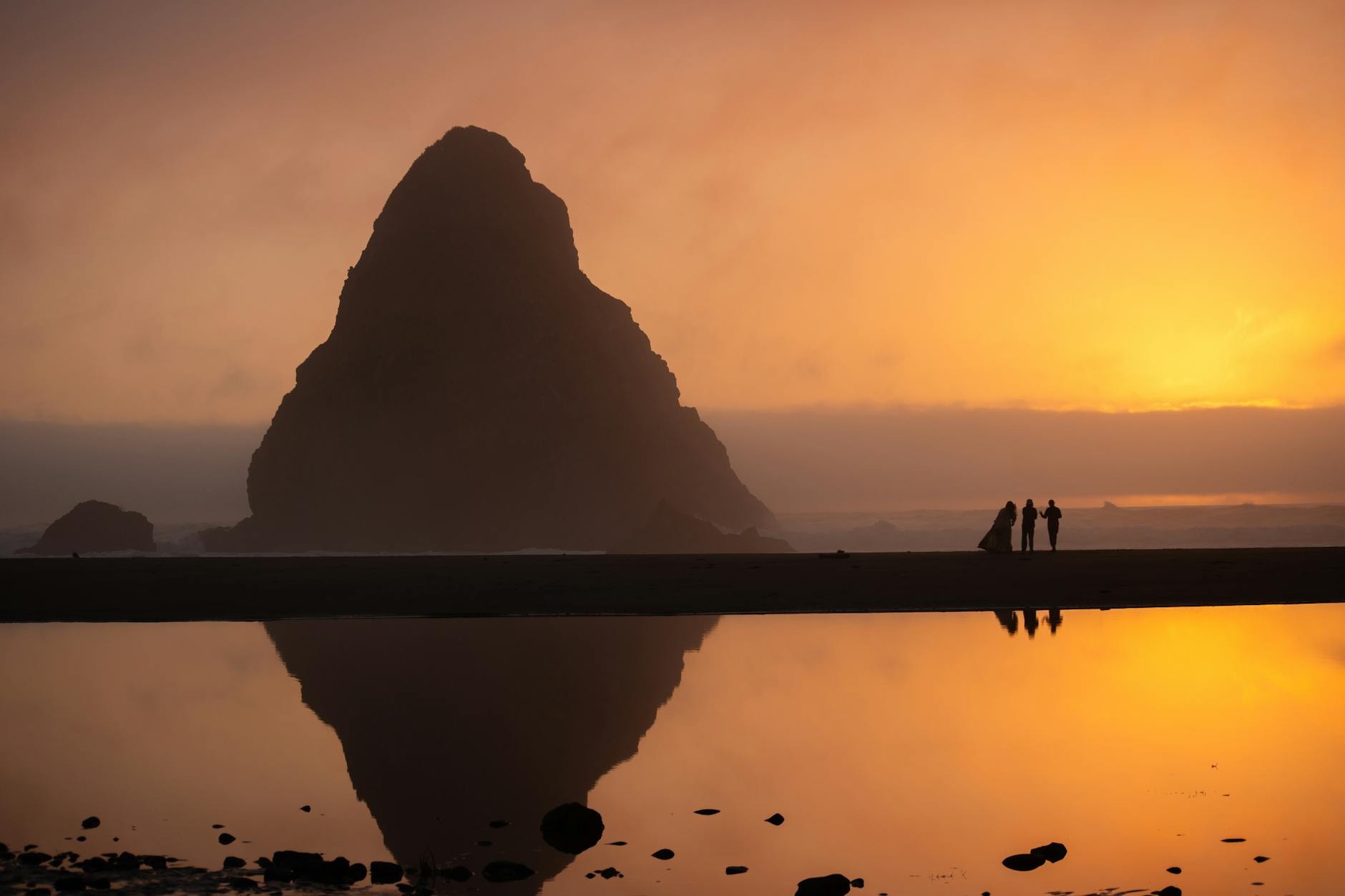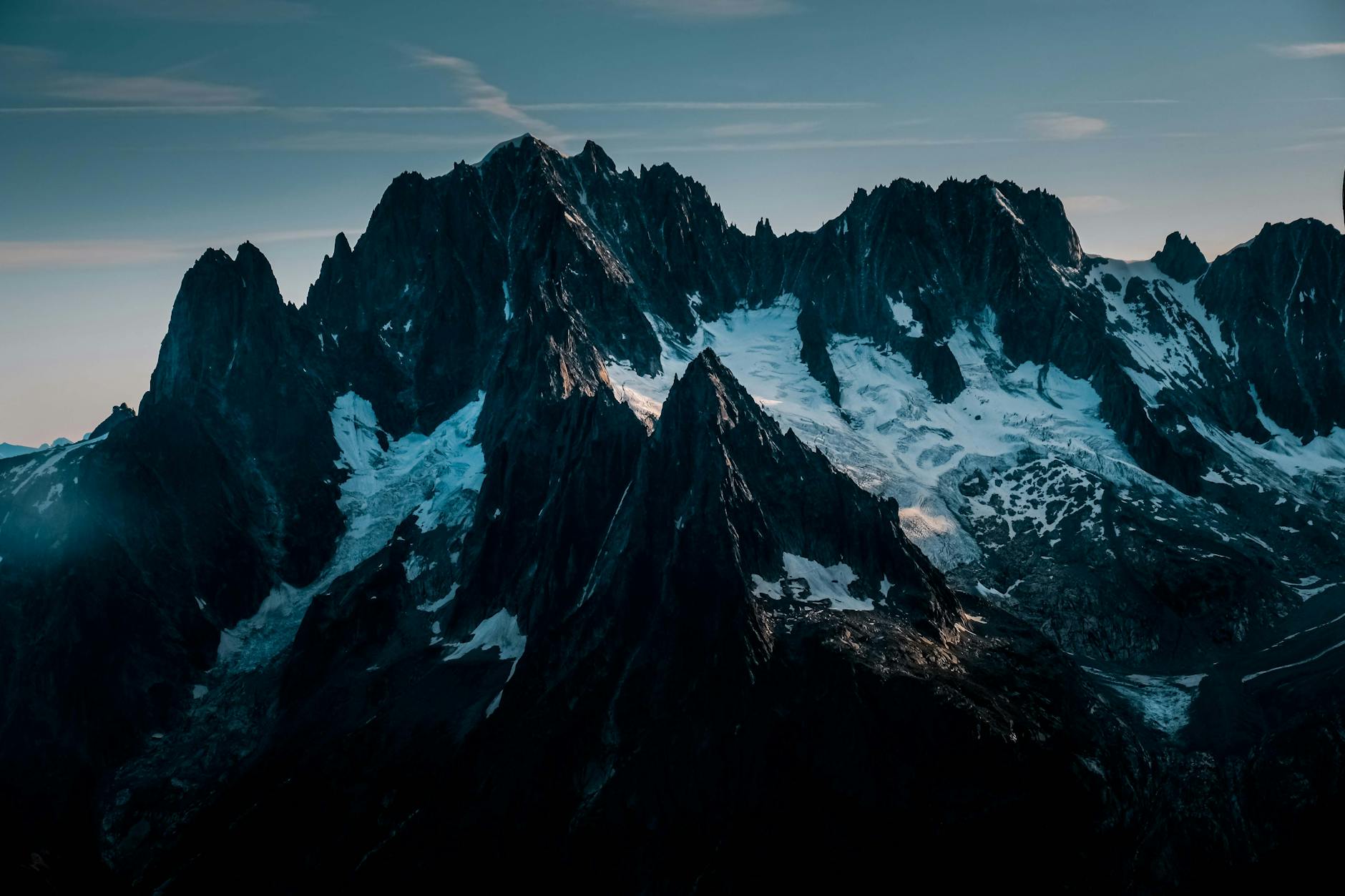Why Australia Offers Unmatched Opportunities for Wildlife Photography Enthusiasts

Australia's Unique Wildlife Diversity
Australia is a treasure trove of wildlife diversity, akin to a well-curated exhibition at Melburne's Royal Botanic Gardens Victoria. The continent is home to a plethora of unique species that beckon photographers to capture their natural elegance through the lens. It's an environment teeming with opportunities to illustrate the visual poetry of life amidst sprawling landscapes. For those with a fine arts photographer's eye, the iconic kangaroo stands alongside lesser-known yet equally captivating creatures like the numbat and the quokka, offering a multitude of subjects to explore.
Exploring the country's varied ecosystems enhances the narrative of any photographic journey. From the lush rainforests to arid deserts, each terrain presents a different spectrum of light and texture, allowing photographers to experiment with varying compositions. Equipment such as a versatile zoom lens is crucial when transitioning from capturing the intricate details of a vibrant flower to framing the majestic silhouette of a kangaroo against an Australian sunset.
Experiencing a Namibia safari or joining Namibia tours can provide photographers with a fresh perspective on how diverse environments influence wildlife behavior and presentation. These inspirations can then be applied to the Australian context, offering new angles from which to capture and convey the essence of its wildlife.
By diving deep into these habitats, one not only gains advanced knowledge of photography but also contributes to the rich tapestry of visual storytelling, capturing nature’s marvels for enthusiasts worldwide.
Iconic Photography Locations
Great Barrier Reef's Biodiversity
Exploring the Great Barrier Reef is truly a spectacle of life beneath the waves. It's a haven for photography enthusiasts, where vibrant marine species await to be captured. The Reef boasts a staggering diversity of life forms, from charming clownfish to majestic sea turtles. For anyone holding a camera, it's a playground offering endless possibilities to capture nature's magic.
Daintree Rainforest Wonders
Venture into the heart of the Daintree Rainforest, and you're greeted by a world pulsating with life. Here, amidst ancient trees and dense foliage, you can photograph elusive creatures like the cassowary or tree kangaroos. The juxtaposition of light filtering through the canopy gives your photos an ethereal quality, reminiscent of the vibrant street art of Hosier Lane in Melbourne, each shot a different and unique story.
Outback and Desert Wildlife
Heading into Australia’s iconic Outback and deserts, the camera lens shifts focus towards rugged landscapes and the captivating creatures that inhabit them. From the mighty red kangaroo to the camouflaged thorny devil, the stark contrast of the desert offers exceptional photographic opportunities. Just like kenya tours capture the essence of the plains, our Outback invites you to witness an unparalleled spectrum of life, seasoned photographers dream of framing.
When equipped with a durable DSLR and the right choice of lenses, you can encapsulate the raw beauty these locations have to offer, creating images that rival the finest in wildlife exhibitions.
Ideal Times for Wildlife Photography
Migratory Seasons and Events
For those who appreciate photographing wildlife in its natural splendor, timing is everything. Capturing the beauty of migratory seasons can bring a striking narrative to your portfolio. In Australia, understanding migratory patterns is akin to exploring the vibrant street art of Hosier Lane—each piece is unique and demands attention to detail. Tanzania tours offer an excellent chance to experience migration on another continent, but locally, Australia also boasts its own impressive spectacles.
Best Times for Specific Species
To photograph iconic species like kangaroos or koalas in Australia, early morning or late afternoon provides optimal lighting and natural behavior. This time corresponds with the golden hour, producing stunning contrasts that highlight the subject's features. If your passion lies in photographing aquatic life, head to coastal regions for snapping dolphins and whales, especially between May and November. These opportunities can be likened to catching Melbourne's bathing boxes at Brighton Beach in the perfect light, an experience that is both fulfilling and rewarding.
Weather Considerations
Weather plays a crucial role in wildlife photography. The unpredictability of Australian weather can either enhance your imagery or present challenges. Being prepared with proper gear, such as waterproof cameras and UV filters, helps safeguard your equipment. Consider carrying lightweight tripods for steady shots during windy conditions. With the right preparations, you can capture awe-inspiring images, much like those seen at the Royal Botanic Gardens Victoria, where flora and fauna coexist in delicate harmony.
Photography Tips and Techniques
Essential Equipment for Enthusiasts
When it comes to capturing the unparalleled beauty of wildlife, the right equipment is essential. A robust DSLR or mirrorless camera is ideal for its versatility and image quality. Lenses play a pivotal role in wildlife photography; a telephoto lens ranging from 100mm to 400mm is perfect for maintaining a safe distance while ensuring crisp, detailed shots. A lightweight tripod aids in stabilizing your camera during low-light conditions, which can be rather frequent when photographing animals at dawn or dusk. Don't forget to carry extra batteries and memory cards—nature is unpredictable, and opportunities can arise when you least expect them.
Best Practices in Wildlife Photography
Photography is about patience and understanding the subject, traits that extend into wildlife photography as well. Observing the natural behavior of your subject gives you the advantage of anticipating actions, allowing for timed shots. Master shutter speed and aperture settings to adapt to changing light conditions and capture movement effectively. An essential tip for those adventurous enough to embark on experiences like Galapagos tours is to ensure that your gear is well-protected against the elements, such as dust or moisture.
Ethical Guidelines and Conservation
As passionate photographers, an ethical approach is vital to ensure the welfare of the creatures we capture through our lenses. Maintaining a respectful distance, using zoom lenses instead of physically approaching, minimizes stress on animals. Additionally, adhere to conservation guidelines, and remember that our presence should not disrupt natural habitats. This not only provides a sense of fulfillment but enhances the narrative of our captures, echoing a similar responsibility akin to preserving the vibrant biodiversity seen in Australia's renowned ecosystems.
Common Photography Mistakes
Misjudging Lighting Conditions
In the enchanting dance between light and shadow, a photographer's skill is truly tested. Overhanging the majesty of Brighton Beach's vibrant bathing boxes at sunset, many enthusiastically setting out might find themselves frustratingly contending with harsh reflections or a lack of detail. Investing in neutral density filters can aid in taming those brilliant rays, ensuring clarity in your captures. For more poetic nuances, explore the golden hour at the Royal Botanic Gardens Victoria, where soft hues generously envelop the scene.
Disturbing Wildlife Habitats
In our quest to immortalize the magic of our subjects like the feathered locals of Hosier Lane, we must tread lightly. It's a dance of respect, where staying patient and keeping a safe distance is imperative. Overstepping these invisible lines may not only distress the creatures but also mar the habitat. Consider employing a telephoto lens, such as a 400mm, to observe from afar, ensuring the subjects remain undisturbed in their natural realm.
Overlooking Safety Precautions
Stepping into nature’s grand canvas, it’s easy to lose oneself in the allure of capturing that perfect frame. I recall an instance amidst Melbourne's lush surrounds where I nearly lost my footing. Adopting the right gear, such as sturdy hiking boots and weather-appropriate clothing, becomes as essential as your camera itself. Moreover, remember your own safety when pursuing the art, lest your adventurous spirit overreach into perilous terrain. Adhering to basic safety protocols lets you focus on your craft without compromising your well-being.


